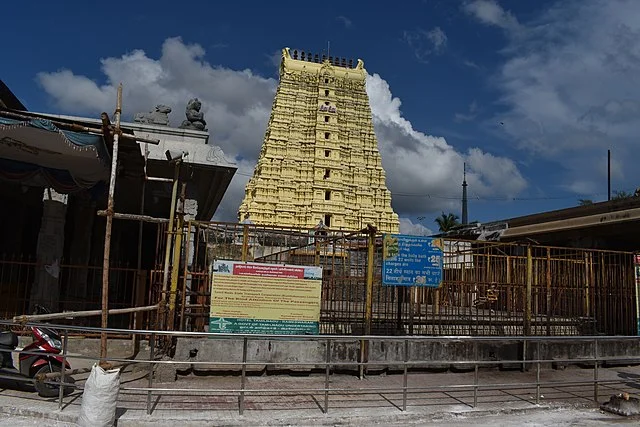Ramanathaswamy Temple stands as one of the most significant temples in South India. Located on Rameswaram Island in Tamil Nadu, the temple is dedicated to Lord Shiva. Its unique architecture, cultural importance, and religious significance make it one of the most prominent Hindu pilgrimage sites.
Get your dose of History via Email
Historical Background
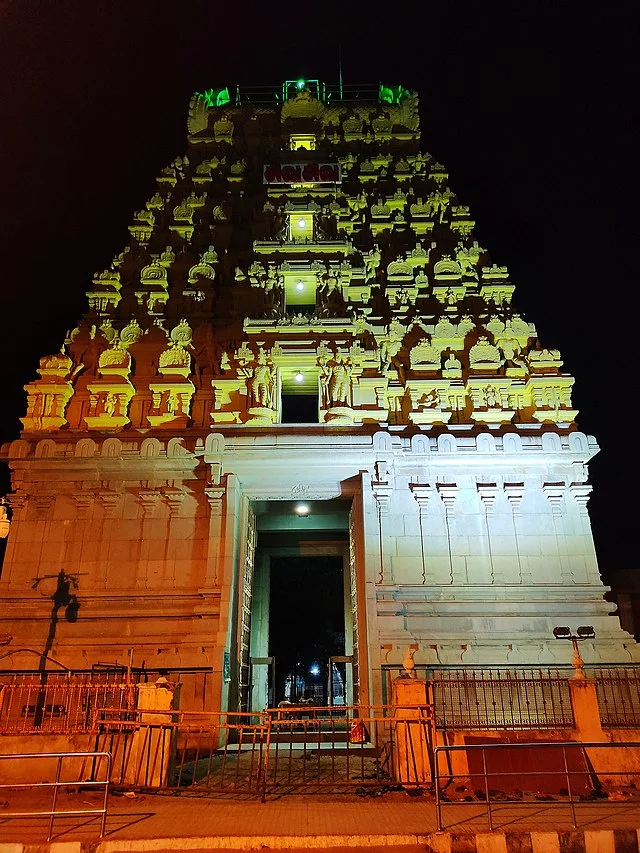
The construction of Ramanathaswamy Temple began in the 12th century AD, although legends connect the site to the Ramayana period. According to tradition, Lord Rama worshiped Shiva here after returning from Lanka. He performed rituals to absolve himself of sins acquired during his battle against Ravana. The Pandya rulers of Tamil Nadu initiated the construction of the temple complex, which later received contributions from various dynasties, including the Cholas, Nayaks, and Sethupathis.
Architectural Significance
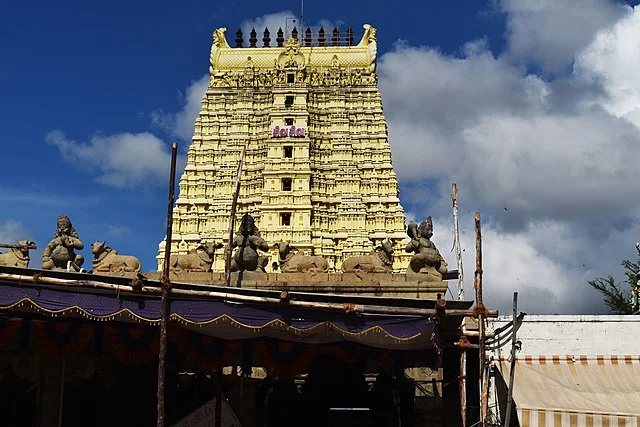
Ramanathaswamy Temple is well known for its architectural grandeur. It features the longest corridor of any Hindu temple, with corridors extending up to 4,000 feet. The corridors, or “prakaram,” have intricately carved pillars, totaling over 1,200, that display Dravidian architectural style. The temple towers, or “gopurams,” stand over 50 feet tall and display detailed sculptures depicting scenes from Hindu mythology.
The temple complex includes various shrines dedicated to different deities, with the main shrines devoted to Ramanathaswamy (Shiva) and Parvathavardhini (Parvati). These shrines are ornately decorated with intricate carvings and represent the traditional styles of the Pandya and Nayak periods.
The Sacred Tanks and Rituals
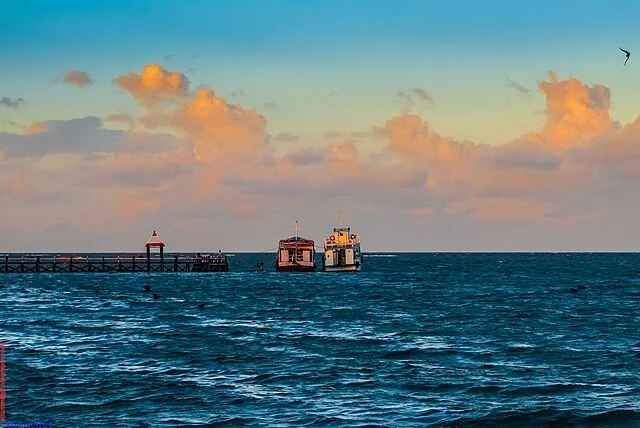
Ramanathaswamy Temple has 22 sacred water tanks, known as “theerthams,” spread throughout its premises. Pilgrims believe that these tanks hold holy waters with spiritual and curative properties. Each tank has its distinct name and significance, with the Agni Theertham, located near the sea, being one of the most revered.
A major ritual involves bathing in these theerthams before entering the main temple to seek blessings. The temple follows strict guidelines regarding ritual practices, and certain areas are accessible only to Hindus.
Religious Importance in Hinduism
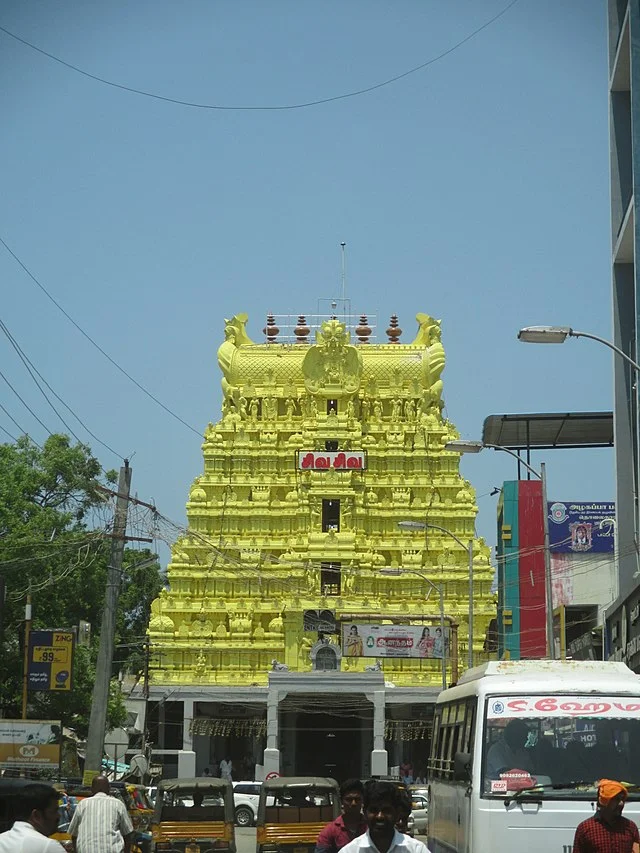
Ramanathaswamy Temple is one of the 12 Jyotirlinga temples, considered highly sacred in Hinduism. It is also part of the Char Dham pilgrimage, which includes Badrinath, Dwarka, and Puri. Visiting these four temples is considered highly auspicious for Hindus. Ramanathaswamy Temple also holds a unique place in Shaivism, as it honors Lord Shiva as the “Supreme Destroyer” and as a deity revered by Rama himself.
The temple celebrates several major festivals, including Maha Shivaratri and the annual Brahmotsavam festival. Devotees from across India and beyond visit during these events, which feature traditional rituals, music, and cultural performances.
Cultural Influence and Preservation Efforts
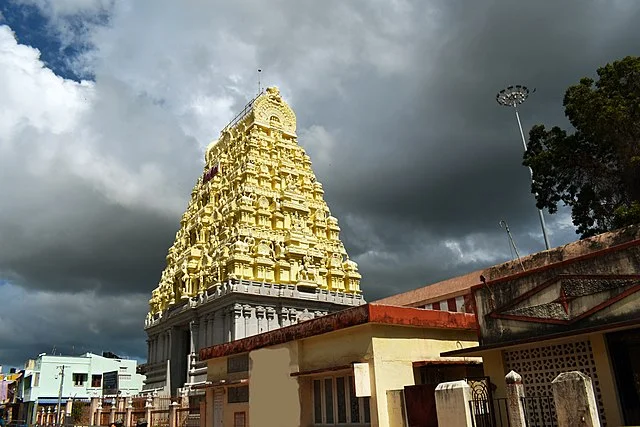
Ramanathaswamy Temple’s cultural impact extends beyond its religious importance. The temple and its surrounding town of Rameswaram represent an essential part of Tamil Nadu’s spiritual landscape. The Indian government and various cultural organizations have worked to preserve the temple complex. Restoration efforts focus on maintaining the structural integrity of the corridors, gopurams, and sculptures, ensuring that the temple’s historical and cultural value is preserved.
Conclusion
Ramanathaswamy Temple is an iconic structure in Indian history, architecture, and spirituality. Its origins, architectural marvels, and religious significance make it an essential part of Hindu heritage. For Hindus, a visit to this temple represents both a spiritual journey and an opportunity to connect with the ancient traditions of Indian culture.
Source:

